‘Donatello is the real hero of Florentine sculpture’, so Antony Gormley has proclaimed (hugely though he admires Michelangelo). It’s hard to disagree. But the full range of his work is hard to see, spread out as it is on altars and tombs through Florence and elsewhere in Italy. This makes Donatello: Sculpting the Renaissance at the V&A an unmissable treat.
Already a subscriber? Log in
Subscribe for just $2 a week
Try a month of The Spectator Australia absolutely free and without commitment. Not only that but – if you choose to continue – you’ll pay just $2 a week for your first year.
- Unlimited access to spectator.com.au and app
- The weekly edition on the Spectator Australia app
- Spectator podcasts and newsletters
- Full access to spectator.co.uk
Or
Unlock this article
You might disagree with half of it, but you’ll enjoy reading all of it. Try your first month for free, then just $2 a week for the remainder of your first year.

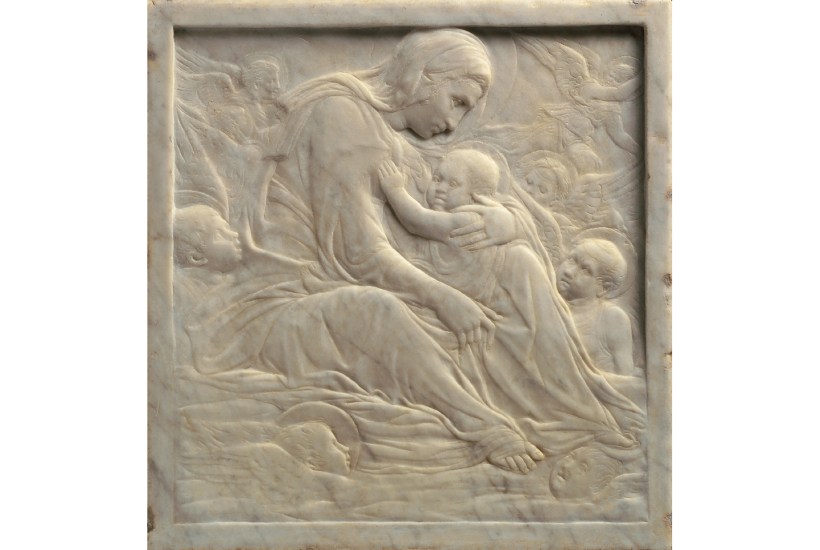
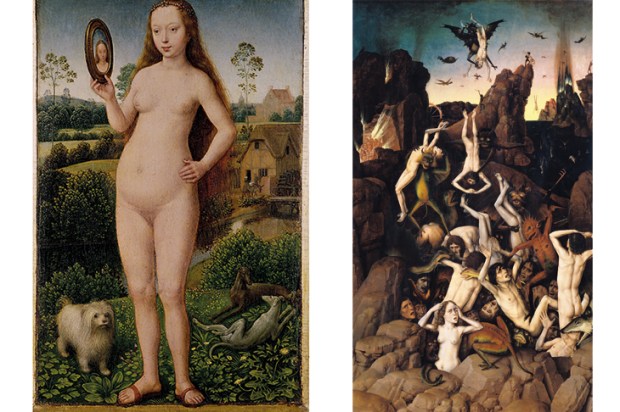
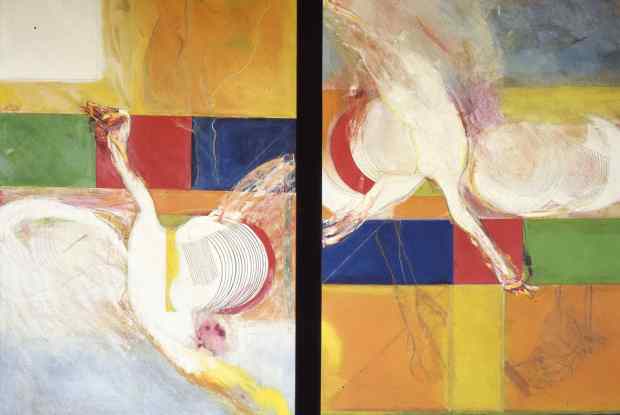
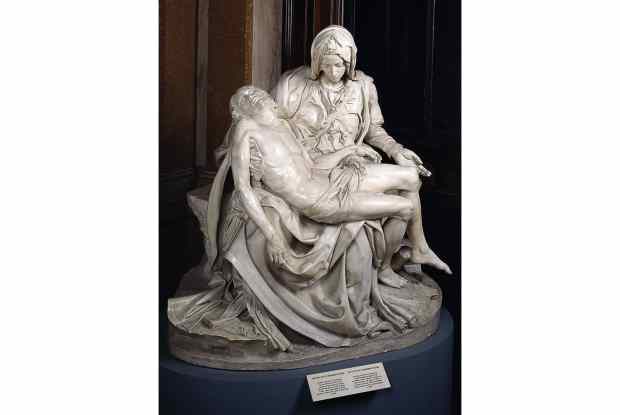
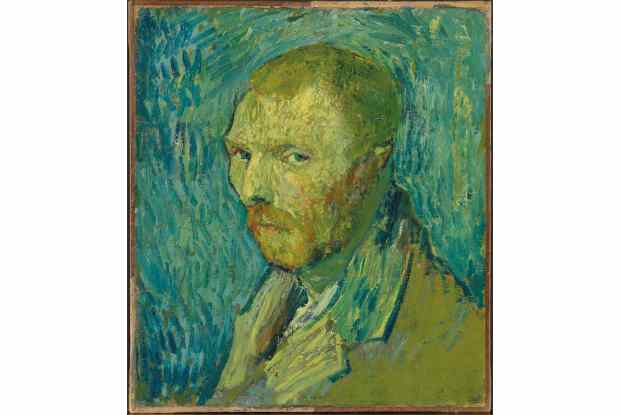
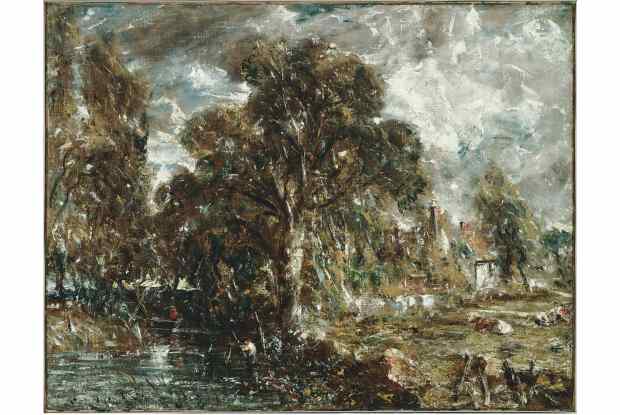
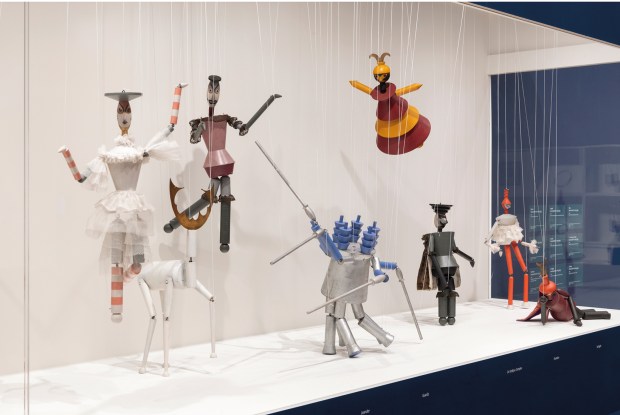






Comments
Don't miss out
Join the conversation with other Spectator Australia readers. Subscribe to leave a comment.
SUBSCRIBEAlready a subscriber? Log in